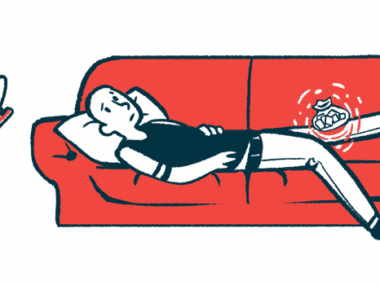Dislocated Joints in EDS
Written by |

Ehlers-Danlos syndrome (EDS) is a rare disease that affects connective tissue, including the cartilage of the joints. Patients with EDS have fragile skin and tissue, which increases the risk that normal activities may cause a joint to dislocate.
What is joint dislocation?
Joints are the points at which bones come together, such as the fingers, the elbows, the shoulders, and the knees. A dislocation is when the bones are moved from their usual places. Dislocations are painful, although the weak cartilage of EDS patients may make them less painful than for healthy people.
Dislocated joints may appear swollen or discolored and are likely to make the joint impossible to move until the bones are put back into place.
What should you do if you dislocate a joint?
- Seek immediate medical attention.
- Don’t try to move a dislocated joint; if it’s a knee or ankle joint, don’t walk on it. Call for help. It’s easy to cause damage to the joint when it is out of place.
- Patients with EDS may be at higher risk of a condition called Raynaud’s phenomenon, which is when cold temperatures cause blood vessels to narrow, reducing blood flow. If you know you have Raynaud’s, don’t put ice on your dislocation.
- Elevate the dislocated joint to reduce swelling while you wait for medical help.
What happens after I get medical help?
A healthcare professional will put your joints back into place. Sometimes this can be done without surgery, but other times surgery may be needed to repair damage to the joints, cartilage, or tendons. For patients with EDS, it’s more likely the joint will be overstretched.
Patients with EDS must be careful of joints that have previously dislocated, as they are more likely to dislocate again. Patients can work with physical therapists to improve muscle strength and range of motion, which can reduce the likelihood of future dislocations.
Last updated: Oct. 3, 2019
***
Ehlers-Danlos News is strictly a news and information website about the disease. It does not provide medical advice, diagnosis, or treatment. This content is not intended to be a substitute for professional medical advice, diagnosis, or treatment. Always seek the advice of your physician or other qualified health provider with any questions you may have regarding a medical condition. Never disregard professional medical advice or delay in seeking it because of something you have read on this website.





